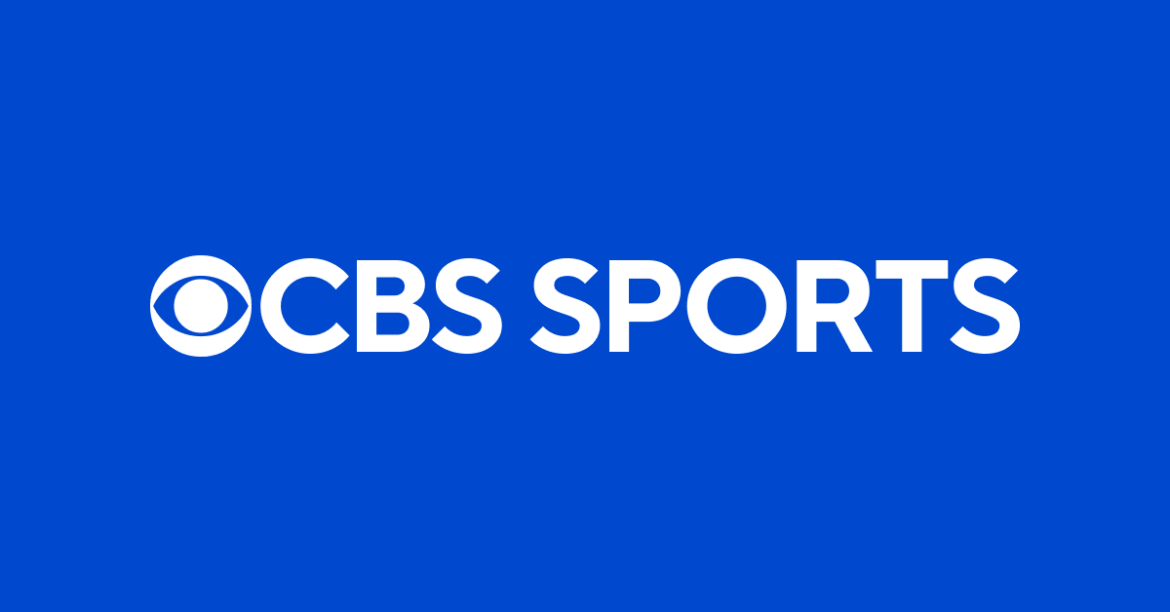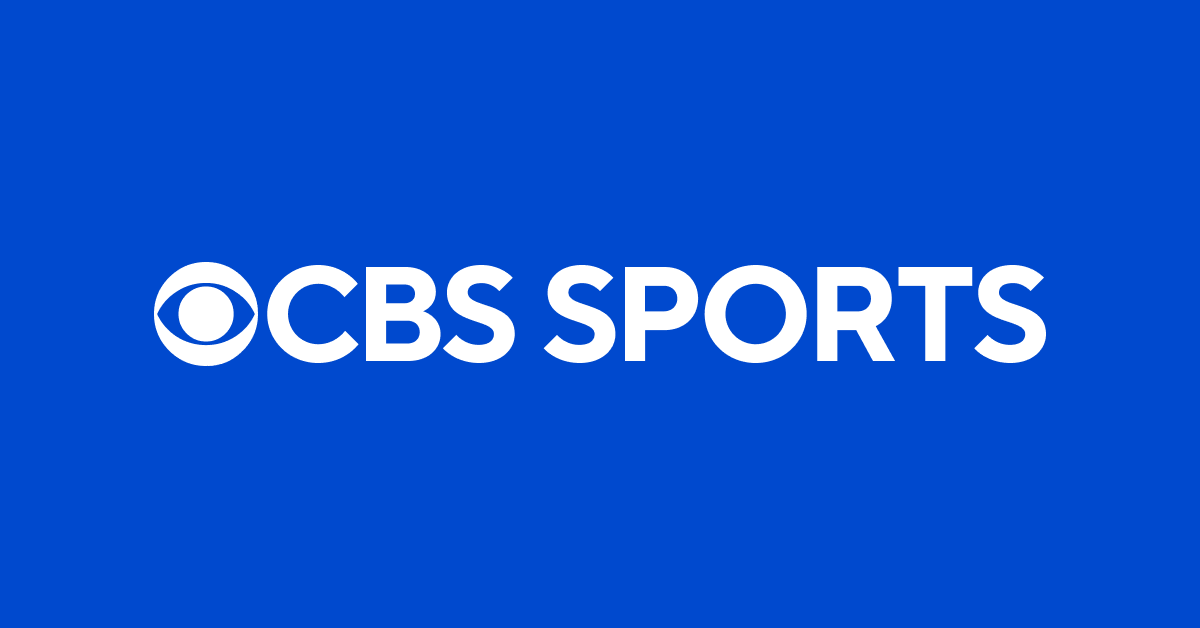The Emerging Power Dynamics in College Sports: A New Era of Enforcement and Control
The landscape of college athletics in the United States is undergoing a dramatic transformation. At the forefront are the “Power Four” or “Power Five” conferences—namely the SEC, Big Ten, Big 12, and ACC (with the Pac-12 often included)—which are pushing for unprecedented control over enforcement rules, revenue sharing, and athlete compensation. This seismic shift is characterized by binding contractual agreements, the establishment of new regulatory bodies, and settlements that dismantle longstanding NCAA policies. Understanding these changes requires unpacking recent developments in governance, enforcement, revenue distribution, and athlete rights within college sports.
Binding Contracts and Enforcement: Forging a New Regulatory Framework
At the heart of this transformation is an effort by the Power Four conferences to centralize accountability through a legally binding contract. This contract, currently circulating among member schools, would compel institutions to adhere to new enforcement rules and waive their rights to sue over enforcement decisions. The implication is clear: schools that refuse to sign face expulsion from their conferences, escalating the stakes significantly.
This contract accompanies the creation of a new entity—the College Sports Commission—tasked with overseeing rules enforcement independently of the NCAA. The aim is to streamline and tighten regulation, instituting strict punishments for violations that could fundamentally reshape the penalties landscape in college athletics.
Such moves respond to a long-perceived need for uniformity and authority in governance, which the traditional NCAA structure has struggled to deliver, especially amid ongoing legal battles and disputes over athlete compensation and rights.
Revenue Sharing and the Grant of Rights Agreements: Deepening Financial Control
Revenue remains a crucial driver behind these developments. The Power Four conferences generate vast revenue streams from media rights, sponsorships, and postseason events, often in the hundreds of millions per school annually. The new agreements contemplate a revenue-sharing model that caps annual financial distributions to around $20.5 million per school, with a system to monitor and enforce compliance.
One critical component is the establishment of a Name, Image, and Likeness (NIL) clearinghouse, managed by a third party (such as Deloitte), designed to assess the fair market value of NIL deals and prevent circumventing limits through booster-backed collectives. This mechanism seeks to bring transparency and equitability to the ever-expanding NIL marketplace, which has disrupted traditional amateurism in collegiate sports.
Moreover, discussions around grant of rights agreements echo those from previous decades, where schools permitted conferences to control media rights in exchange for guaranteed revenue and league stability. The current contracts build on this foundation but extend to governance, rule-making, and enforcement authority, marking a profound shift toward centralized power within these elite leagues.
Historic NCAA Settlements and Player Compensation: Redefining Amateurism
In another landmark change, the NCAA and its power conferences have agreed to a multibillion-dollar settlement that allows schools to pay players directly—historic in reversing decades of “pay-for-play” prohibitions. This agreement, valued around $2.8 billion in damages plus future compensation mechanisms, recognizes players’ legal challenges against anticompetitive NCAA rules.
The direct payment model is coupled with new contracts—such as the first legally binding contract between college athletes and schools (the CAP Agreement)—providing athletes rights that previously were unavailable or informal. This transparency offers players greater understanding of their entitlements and limitations, including forgoing legal representation under NCAA rules.
This settlement shines a spotlight on the evolving rights of student-athletes and the gradual dismantling of the NCAA’s strict amateurism model, replacing it with a regulated professional framework that still retains collegiate identity but acknowledges athletes’ economic value.
Power Struggles and Institutional Consequences: Threats of Expulsion and Realignment
The binding contract proposal for the Power Four also serves as a gatekeeping mechanism with serious consequences. Schools unwilling or unable to meet the new enforcement and governance standards face expulsion, raising questions about conference realignment and the future stability of college sports leagues.
Recent examples include movements by Texas and Oklahoma out of the Big 12, reflecting a wider trend of schools pursuing better financial or governance arrangements. The power concentrated in these “super conferences” has prompted concerns that lesser conferences or independent institutions may become marginalized.
Such drastic governance shifts could disrupt longstanding traditions, notably in marquee events like March Madness, as the Power Four seeks control over postseason championships and revenue distribution. These efforts have sparked debate over commercializing and fracturing college sports versus preserving its competitive and educational missions.
Legal and Educational Parallels: Suspension, Expulsion, and Due Process
Interestingly, themes of enforcement and disciplinary authority resonate beyond sports governance, echoing broader educational concerns. Documents on suspension and expulsion law highlight the importance of due process and transparency when institutions enforce punitive actions.
In college sports, the shift toward binding contracts and centralized enforcement mirrors these legal principles by formalizing rules and procedures, albeit with higher stakes linked to broadcasting revenues and athlete careers. Concerns persist about the balance between institutional authority and individual rights, especially for athletes who traditionally lacked legal representation or bargaining power.
Conclusion: A New Chapter in College Sports Governance
The unification of enforcement, governance, and compensation under the Power Four conferences signals a historic realignment in collegiate athletics. Binding contracts enforcing compliance, creation of new regulatory bodies, and large-scale settlements overturn decades-old NCAA policies, reshaping the power structure between universities, athletes, and governing bodies.
This transformation promises greater financial clarity, athlete empowerment, and centralized authority but also raises questions about inclusivity, fairness to smaller schools, and the commercialization of college sports traditions. The coming years will test how these contracts and structures influence the ethos and landscape of college sports — potentially redefining what amateurism, competition, and education mean in America’s most beloved athletic programs.





